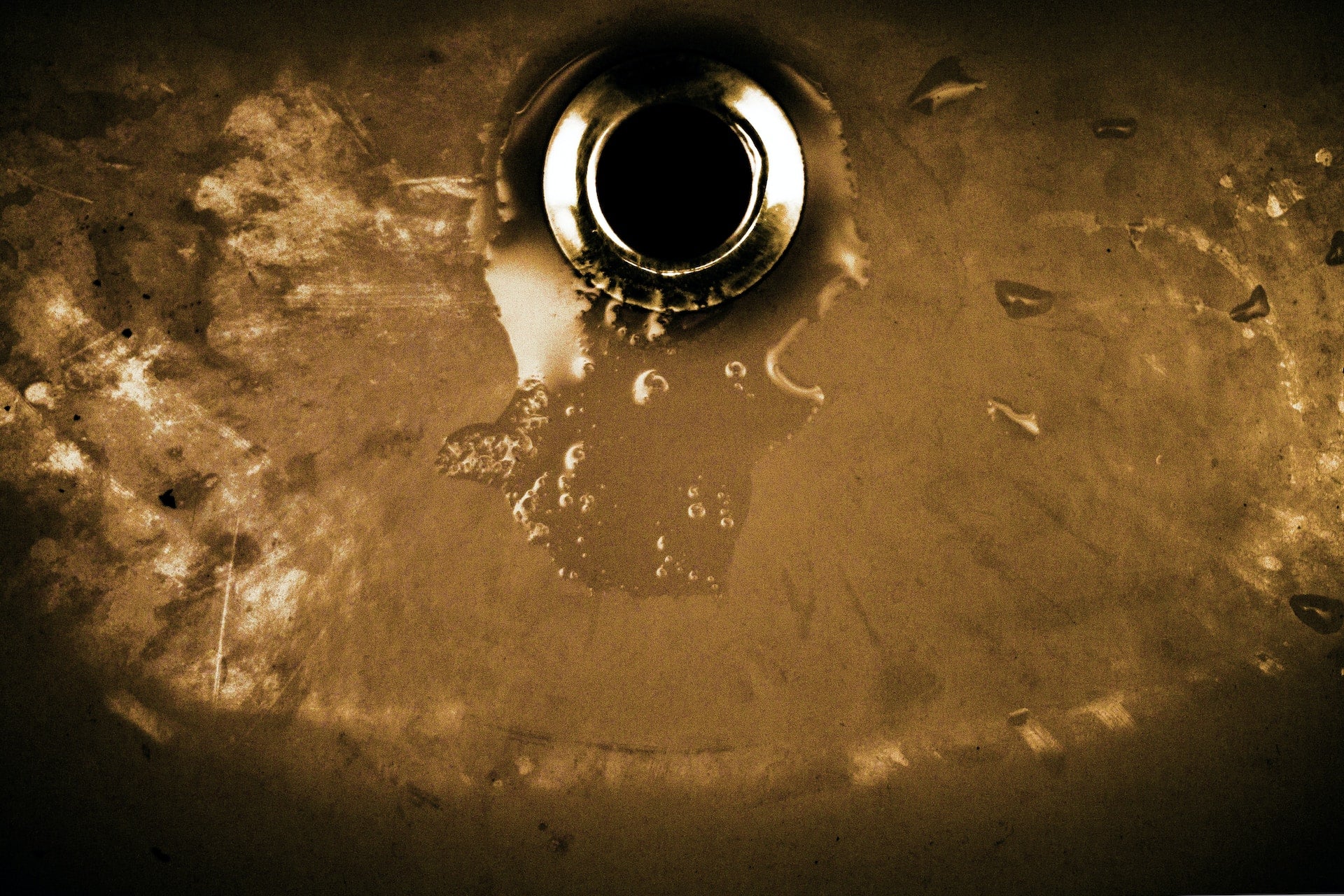Eliminate Dust Mites in Children’s Bedrooms
Dust mites live in virtually every home and every bedroom. They typically go unnoticed, unless there are a lot of them, or if someone develops an allergy. Children's bedrooms are a favorite spot fo...
Read more

